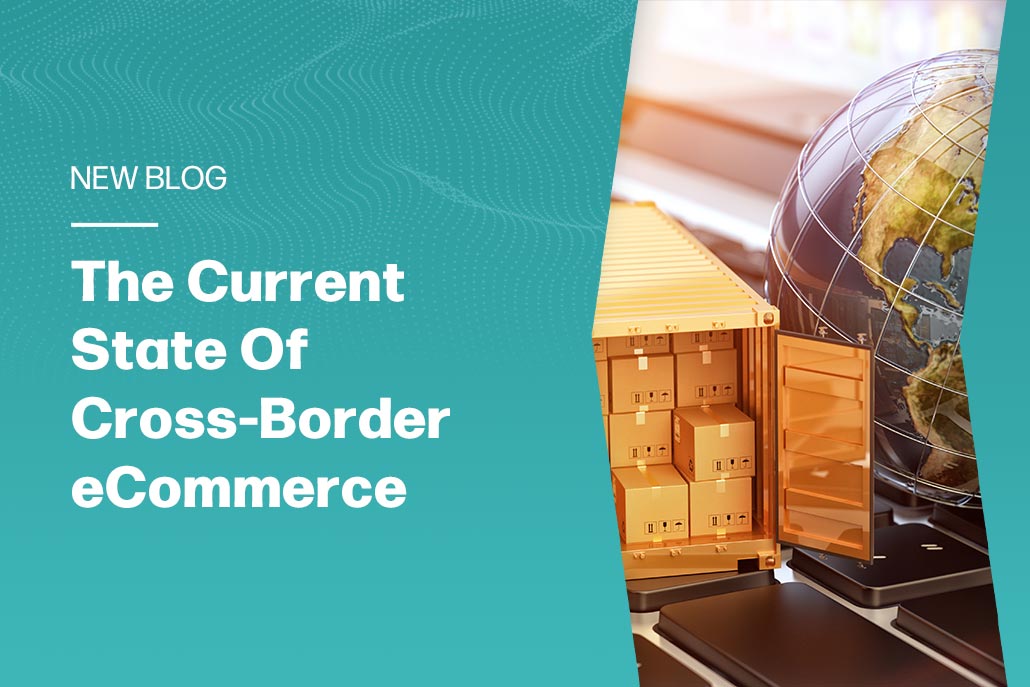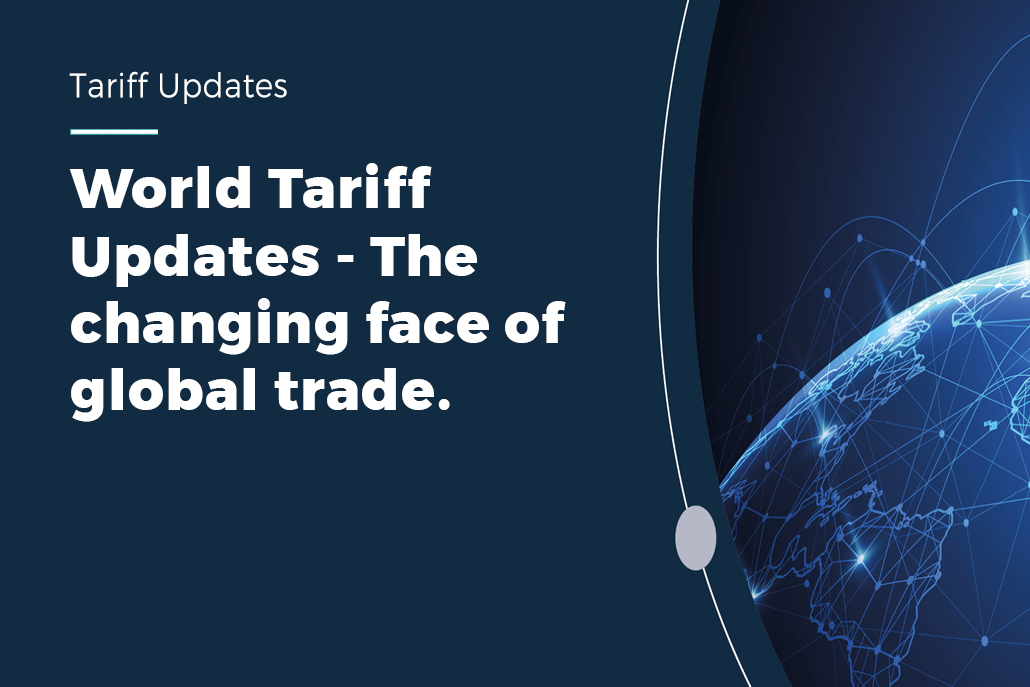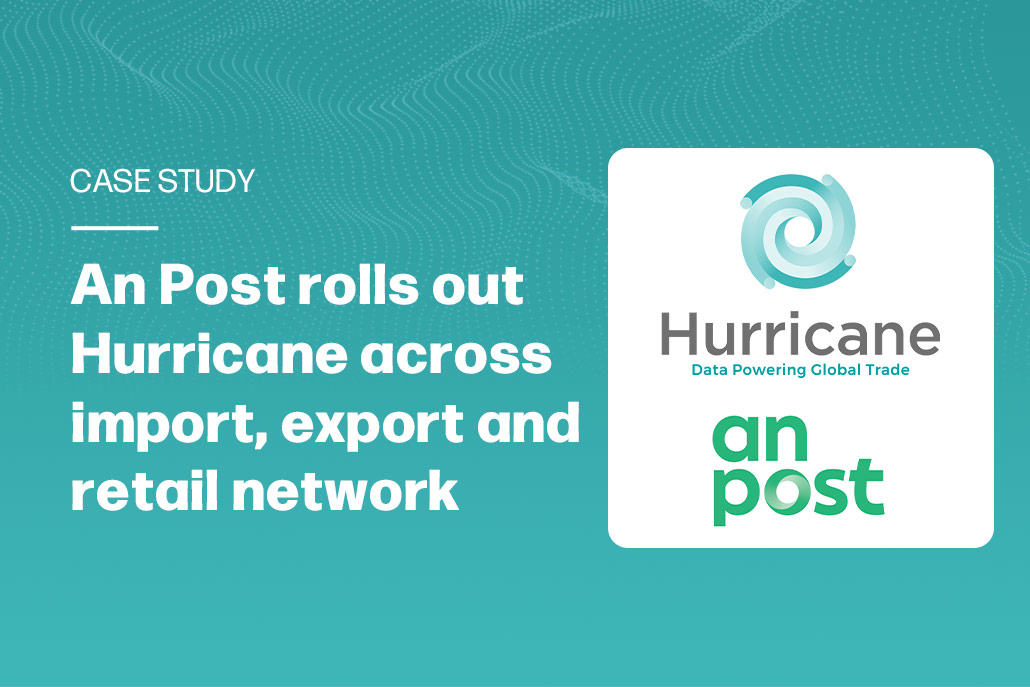In the wake of the pandemic, the global landscape of commerce has experienced a seismic shift. With lockdowns and restrictions forcing consumers to turn to online platforms for their shopping needs, the world witnessed an unprecedented surge in both domestic and cross-border eCommerce. This surge has reshaped the dynamics of international trade, prompting businesses to adapt to new challenges and opportunities.
In this comprehensive guide, we will delve into the current state of cross-border eCommerce post-pandemic, exploring its growth trajectory, regional nuances, regulatory landscape, and the crucial role played by Hurricane’s innovative solutions, particularly Kona, in facilitating seamless transactions across borders.
What has cross-border eCommerce growth looked like around the world?
The last few years have witnessed a remarkable expansion of cross-border eCommerce. The global market is expected to reach a value of $7.9 trillion USD by 2030, driven by shifting consumer behaviours and advancing digital technologies. In regions such as North America, South America, the Middle East, Europe, Asia Pacific, and notably China, the surge in online transactions has been particularly pronounced. The pandemic accelerated this trend, as consumers turned to online platforms to fulfil their needs while adhering to social distancing measures.
In North America, eCommerce giants like Amazon and Shopify saw exponential growth, with cross-border sales becoming a significant revenue stream. Similarly, South America experienced a surge in online shopping, fuelled by increased internet penetration and expanding access to digital payment methods. The Middle East, long considered a nascent eCommerce market, witnessed rapid growth as consumers embraced online shopping amid lockdowns.
Cross-border eCommerce in North America
North America, particularly the United States, remains a dominant player in the global market. The United States holds a pivotal position in cross-border eCommerce logistics, and any changes in its policies or market trends have far-reaching implications for the development trajectory of the industry worldwide. The cross-border eCommerce is driven by the high adoption of advanced technology and the presence of established players in the region. These factors create ample opportunities for growth and innovation, attracting investments and fostering expansion in the cross-border eCommerce logistics sector.
Cross-border eCommerce in Europe
In Europe, cross-border eCommerce also plays a significant role in the global market. The region has experienced magnificent growth in compound annual growth rate (CAGR) during the forecast period from 2022 to 2029. This growth is attributed to various factors such as favourable regulatory frameworks, increasing digitalisation, and evolving consumer preferences. With the European market poised for substantial expansion, businesses operating in cross-border eCommerce logistics are poised to capitalise on the opportunities presented by this burgeoning market.
Cross-border eCommerce in China & Asia
In China, the landscape of cross-border eCommerce has experienced significant growth, largely driven by the emergence of platforms like AliExpress, Temu, and Shein. These platforms have capitalised on the increasing demand for foreign goods across the globe, offering a wide range of products at competitive prices. The pandemic further accelerated this trend, as consumers turned to online shopping for convenience and safety.
Additionally, China’s Belt and Road Initiative has facilitated cross-border trade by improving infrastructure and connectivity with neighbouring countries in Asia. As a result, Asia as a whole has emerged as a key player in cross-border eCommerce, with platforms like AliExpress and Shein expanding their presence across the region and tapping into new markets. This growth trajectory is expected to continue as digitalisation and globalisation drive further integration of cross-border eCommerce within Asia and beyond.
According to a Reuters report, Shein and Temu collectively dispatch nearly 600,000 packages daily to the United States, escalating air-freight expenses from Asian hubs such as Guangzhou and Hong Kong. This surge in volume erases off-peak seasons and induces capacity shortages. Basile Ricard, director of Greater China operations at freight forwarder Bollore Logistics SDSC.CI, emphasizes that Chinese e-commerce giants like Shein and Temu are the primary influencers on air freight. Cargo Facts Consulting data reveals that Temu ships approximately 4,000 tonnes per day, while Shein ships 5,000 tonnes.
This growth fuelled by factors such as the increasing globalisation of trade, advancements in technology, and shifting consumer behaviours underscores the rapid pace of transformation and innovation within the cross-border eCommerce logistics industry. As businesses adapt to meet the evolving demands of global commerce, the market is poised for sustained growth and expansion in the years to come.
The Role of Data in Facilitating Cross-Border Trade
Central to the success of cross-border eCommerce is the seamless flow of data across international borders. Accurate and timely electronic data play a pivotal role in enabling smooth customs clearance and facilitating efficient logistics operations. Hurricane’s cutting-edge solutions, such as Kona, are instrumental in providing businesses with the tools they need to navigate the complexities of global trade. By streamlining data management processes and ensuring compliance with regulatory requirements, Hurricane empowers businesses to expand their reach into new markets with confidence.
Recent regulations for cross-border eCommerce
Recent regulations for cross-border eCommerce vary depending on the country and region, but there are several common trends and developments that have emerged in response to the rapid growth of online trade. Some of the notable recent regulations for cross-border eCommerce include:
Customs and import regulations
Many countries have implemented or updated customs and import regulations to govern the flow of goods across borders. These regulations often include requirements for accurate declaration of goods, proper documentation, and payment of duties and taxes. For example, countries may have specific thresholds for duty-free imports or require certain products to meet safety and quality standards before they can be sold.
Taxation and tariffs
Taxation and tariff policies for cross-border eCommerce have been a focus of regulatory changes in many jurisdictions. Governments are increasingly seeking to ensure that online retailers pay their fair share of taxes and duties, particularly on goods imported from overseas. This may involve implementing new tax collection mechanisms, revising existing tax laws, or entering into international agreements to streamline cross-border tax compliance.
Consumer protection regulations
As cross-border eCommerce continues to grow, regulators are paying closer attention to consumer protection issues such as product safety, labelling requirements, and dispute resolution mechanisms. Many countries have enacted or strengthened consumer protection laws to ensure that online shoppers are adequately protected when purchasing goods from overseas sellers. This includes requirements for clear and accurate product descriptions, transparent pricing, and easy access to customer support.
Data Privacy and security
With the increasing flow of personal and transactional data across borders, regulators are also focusing on data privacy and security issues in cross-border eCommerce. This includes regulations governing the collection, storage, and transfer of personal data, as well as requirements for cybersecurity measures to protect sensitive information from unauthorised access or misuse.
Compliance and certification requirements
Some countries require cross-border eCommerce sellers to obtain specific certifications or licenses before they can sell certain types of products or operate in certain industries. This may involve demonstrating compliance with industry standards, undergoing product testing and certification processes, or obtaining approval from regulatory agencies.
What are the challenges of this growth?
While the growth of cross-border eCommerce presents lucrative opportunities for businesses, it also poses significant challenges. From logistical complexities and supply chain disruptions to regulatory hurdles and cybersecurity threats, businesses must navigate a myriad of obstacles to succeed in the global marketplace.
One of the primary challenges is navigating the intricacies of international shipping and logistics. Cross-border transactions often involve multiple parties, including manufacturers, distributors, carriers, and customs authorities, each with their own set of rules and procedures. Coordinating these disparate elements can be daunting, especially for small and medium-sized enterprises (SMEs) with limited resources and expertise in international trade.
Regulatory compliance is another significant challenge in cross-border eCommerce. Each country has its own set of regulations governing imports, exports, taxation, consumer protection, and data privacy. Failure to comply with regulatory requirements can result in delays, fines, reputational damage, or even legal action, making regulatory compliance a critical consideration for businesses engaged in cross-border eCommerce. However, with the right tools and strategies in place, businesses can overcome these challenges and capitalise on the vast potential of cross-border trade.
The Future of Cross-Border eCommerce
Looking ahead, the future of the cross-border eCommerce market appears promising yet complex. As technology continues to evolve and consumer preferences shift, businesses will need to adapt and innovate to stay ahead of the curve. By leveraging advanced data analytics, artificial intelligence, and blockchain technology, businesses can unlock new opportunities for growth and expansion in the global marketplace.
The surge in online transactions, fuelled by the pandemic, has reshaped the global economy and presented businesses with new opportunities for growth. However, navigating the complexities of international trade requires a strategic approach and access to the right tools and resources. With Hurricane’s innovative solutions like Kona and expertise in cross-border commerce, businesses can thrive in an increasingly interconnected world and unlock the full potential of global trade. As we look to the future, the opportunities for cross-border commerce are limitless, and businesses that embrace innovation and adaptability will undoubtedly succeed in the global marketplace.
Get in touch with us for more information on how Hurricane Commerce can help you navigate the cross-border eCommerce environment today.














